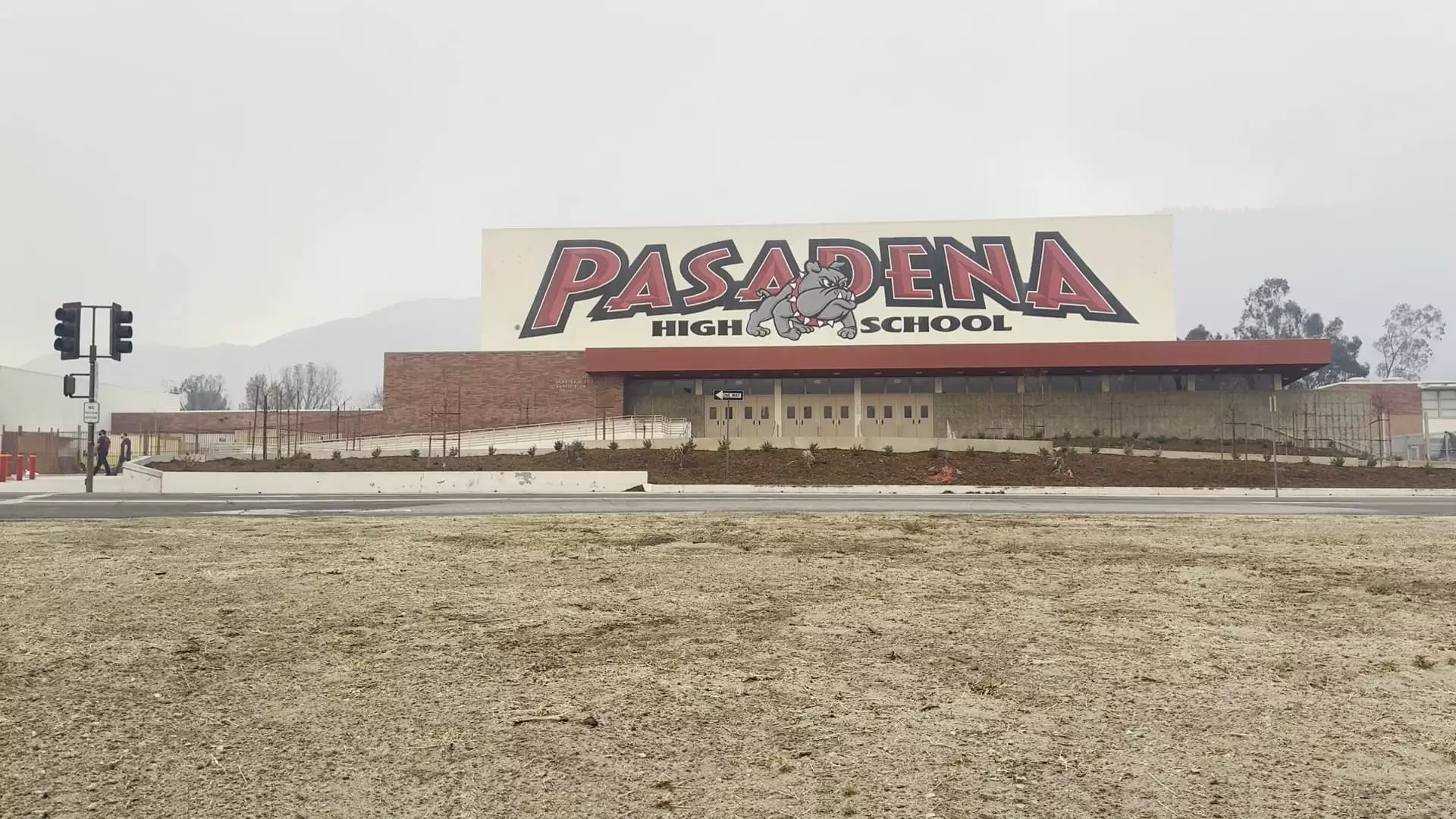As schools across America brace themselves for a harsh reality in 2025, the impending crisis poses one of the most significant threats to the stability of public education in recent history. With the expiration of federal pandemic relief funds coinciding with a notable decline in student enrollment, the stability of educational institutions is hanging by a thread. The Georgetown Edunomics Lab has articulated this dilemma starkly: as much as 250,000 educational jobs could vanish, alongside a staggering $24 billion in funding for vital support. This is not merely a financial issue; it’s a moral one, demanding our immediate attention and a radical rethinking of how we fund and prioritize education.
Misguided Spending and the Illusion of Stability
The tragedy of this situation can largely be attributed to miscalculations made during the pandemic. Federal assistance, while essential during a time of crisis, fostered an atmosphere of reckless financial optimism. Marguerite Roza’s analogy of a family winning the lottery underscores the folly of equating temporary financial influx with long-term stability. However, relying on such precarious funds without a solid plan for the future is akin to setting up a house of cards; it is bound to collapse when the winds inevitably blow. The influx of cash led to a hiring spree in many districts, aimed at addressing pandemic-driven learning deficits. Yet, what executives like Roza fail to account for is the palpable human cost of abrupt layoffs from overstaffing—a cost that will echo in the halls of our schools long after districts are forced to cut back.
The Human Impact: A Culture of Fear
What’s most troubling about this impending “bloodletting,” as Roza phrases it, is the emotional and psychological toll on teachers, students, and families alike. Education professionals are facing an existential crisis, questioning their futures and the very schools where they have dedicated their careers. Mike Fine, representing the educators’ perspective, argues that no one chose this path; the sacrifices imposed by financial mismanagement are not merely statistical. Teachers, counselors, and aides are the backbone of educational systems, and their impending layoffs resonate through the community, instilling fear for both personnel and students alike. This is not just a financial crisis but a profound existential one that jeopardizes the fabric of educational culture in the U.S.
Reimagining Our Education System
In the face of such ominous predictions, it is clear that a thorough re-evaluation of priorities is essential. Center-left liberalism advocates focus on equity and access, encouraging investment in public goods rather than perpetuating cycles of privatization that further exacerbate inequality. To address the fallout from this crisis, a concerted effort must be made to create sustainable funding mechanisms that prioritize the long-term stability of public education. Solutions cannot be band-aid fixes but must instead aim to foster a system that nurtures both teachers and students, allowing them to thrive rather than merely survive within unstable infrastructures.
The educational crisis unfolding is not an isolated issue but rather a reflection of broader societal values. It demands a unified response that prioritizes the future of our children and the essential role that educators play in society. We must rise to defend our public schools—not just for the sake of financial recovery, but for the well-being of our communities and the future of democracy itself.


Leave a Reply